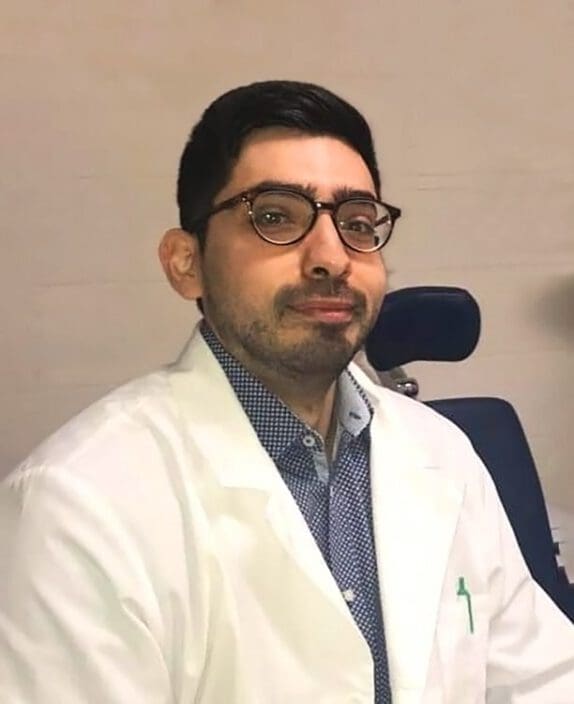
Eye Associates of South Texas Hondo
Eye Associates of South Texas - Hondo
Cataract and LASIK Surgeons in Hondo, Texas
Eye Associates of South Texas in Hondo is a member of the NVISION® network of ophthalmology practices. We incorporate the latest technology into our services, providing advanced surgical care for patients undergoing cataract, LASIK and other surgical eye procedures. We also provide general ophthalmology services to address all of your vision needs.
At our Hondo clinic, cataract and refractive Surgeon Dr Jason D. Burns works hand in hand with ophthalmologist Dr. Christina Bui, whose expertise ranges from pediatric eye care to glaucoma and retinal disease treatment.
Cataract Surgery at our Clinic in Hondo, TX
As people age, they are likely to develop cataracts once they are 40 or older. The natural lens of the eye will become clouded over time, and vision will be progressively blurrier. Age-related cataracts can usually be managed with glasses during the early stages, but they will eventually reach a point where surgery is needed. This happens when vision becomes so blurry that it interferes with your everyday life.
Cataract surgery is a common and generally safe procedure to remove the affected lens from the eye and replace it with an artificial lens to restore clear vision. Here’s what to expect during cataract surgery:
- Pre-Surgery Evaluation: Your eye doctor will perform a thorough eye examination and take measurements to determine the appropriate type and power of the intraocular lens (IOL) needed.
- Anesthesia: On the day of surgery, you’ll receive numbing eye drops or a local anesthetic to ensure you don’t feel pain during the procedure. You may also be given a sedative to help you relax.
- Incision: surgery begins when the surgeon makes a tiny incision in the cornea (the clear front part of the eye). This can be done with a blade or a laser, which allows for greater precision.
- Lens Removal: The surgeon uses an ultrasound device (phacoemulsification) to break up the cloudy lens into small pieces, which are then gently suctioned out of the eye.
- Inserting the New Lens: An artificial intraocular lens (IOL) is inserted through the same incision and positioned in the place where the natural lens used to be.
- Closing the Incision: The incision is usually self-sealing, meaning it doesn’t require stitches and will heal on its own. You can normally go home on the same day, but will need someone to drive you because of anesthesia.
IOL Options: Basic and Premium Lenses
Choosing the right intraocular lens implant is important to obtain the best possible results from your cataract surgery. While a basic lens is a fine option for many, premium lenses offer a wider range of vision and reduce the need of glasses and may be the most suitable choice for patients that have additional vision issues besides cataracts.
Basic Lenses
Basic lenses are monofocal, meaning they offer only one point of focus and are designed to provide clear vision at only one specific distance. Because of this, it is almost guaranteed that you will need to use glasses after surgery. Typically, basic lenses are covered by insurance.
Premium Lenses
Premium intraocular lenses (IOLs), also called “lifestyle lenses” are advanced IOLs designed to provide better visual outcomes and spectacle independence compared to standard IOLs. They are typically used in cataract surgery to improve vision at multiple distances. Premium IOLs are designed to address specific visual needs and are often used in patients with presbyopia, astigmatism, or other refractive errors. Premium lens options include:
- Multifocal Lenses: These lenses can correct for both near and distant vision, providing a wider range of clear vision. They are suitable for patients who want to reduce their dependence on glasses or contacts.
- Toric Lenses: Toric lenses are a type of lens designed to correct astigmatism, which occurs when the cornea is irregularly shaped, causing blurry vision at all distances. Cataract surgery by itself will not correct astigmatism, so a toric lens is required.
- Light Adjustable Lenses (LAL): These are the only IOLs that can be adjusted non-invasively after insertion. They can be fine-tuned to achieve the best possible vision and are suitable for patients who want to customize their vision after cataract surgery.
LASIK Eye Surgery
The most common treatment for many vision issues – like nearsightedness (myopia), farsightedness (hyperopia), and astigmatism – are prescription eyewear. LASIK eye surgery corrects these issues permanently, greatly reducing or even eliminating the need for glasses and contacts.
The procedure is highly effective and incredibly safe. It works by reshaping the cornea, the clear front part of the eye, to improve how light is focused onto the retina. At NVISION, 99% of our patients achieve 20/20 vision or better after LASIK.
Not sure if LASIK is right for you?

99% SUCCESS RATE 99% of NVISION patients see 20/20 or better after LASIK

RAPID RECOVERY Resume your normal activities in 24 hours

COMFORT-FOCUSED LASIK is virtually painless and completed in minutes
Eye Associates of South Texas Hondo
3202 Ave GHondo, TX 78861
Mon - Fri: 8 AM - 5 PM
Saturday: 8 AM - 12 PM
Sunday: Closed
Hurry, Offer Ends Soon
Book now for $1,000 off LASIK* + Enjoy Easy and Fast LASIK Financing**
Vision Correction Procedures in Hondo
Today's life-changing procedures make it possible to improve your vision to 20/20—or better.
LASIK Eye Surgery
LASIK eye surgery is a safe, highly effective solution to correct vision and eliminate the need for glasses or contacts. At NVISION, our expert surgeons use state-of-the-art technology and advanced techniques to deliver exceptional results and have you back to your routine quickly.
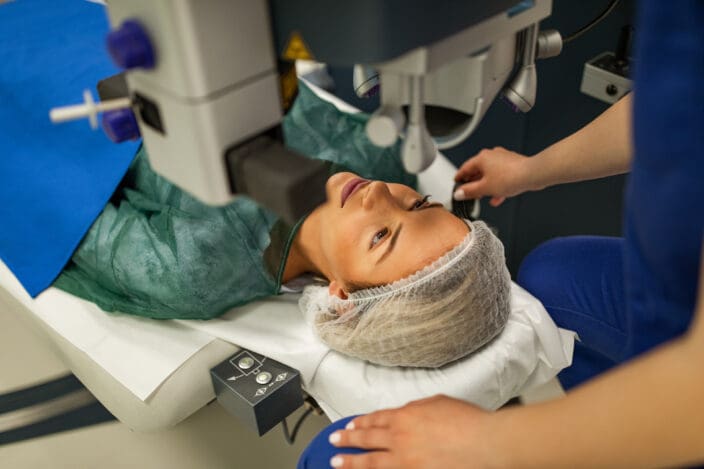
EVO ICL™ (Implantable Collamer Lens)
Say goodbye to glasses and contacts with EVO ICL™! This advanced procedure is an excellent option for patients who aren’t LASIK candidates. By placing a biocompatible lens in your eye—without removing the natural lens—EVO ICL™ corrects nearsightedness and astigmatism, providing clear, long-lasting vision.
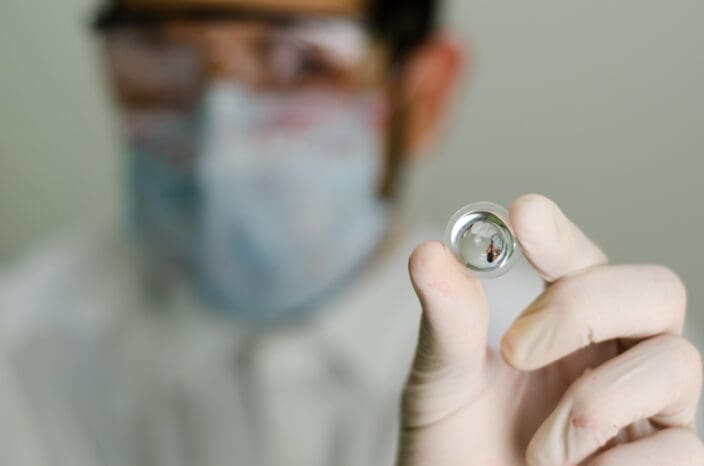
Cataract Surgery
Cloudy vision holding you back? Our advanced cataract surgery, featuring laser-assisted technology and lifestyle lenses, can restore your sight and help you enjoy life’s moments clearly again.
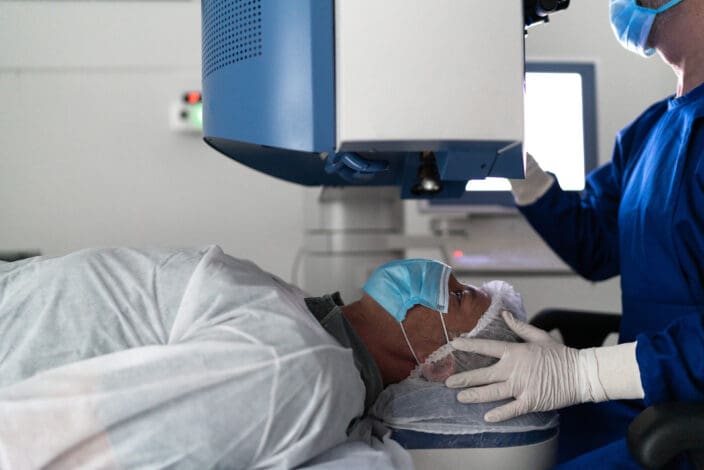
iDose® TR Glaucoma Treatment
iDose® TR is a micro-sized implant that provides a continuous release of glaucoma medication directly inside your eye. This ensures 24/7 eye pressure control – it’s so effective that 8 out of 10 patients don’t need glaucoma drops anymore.
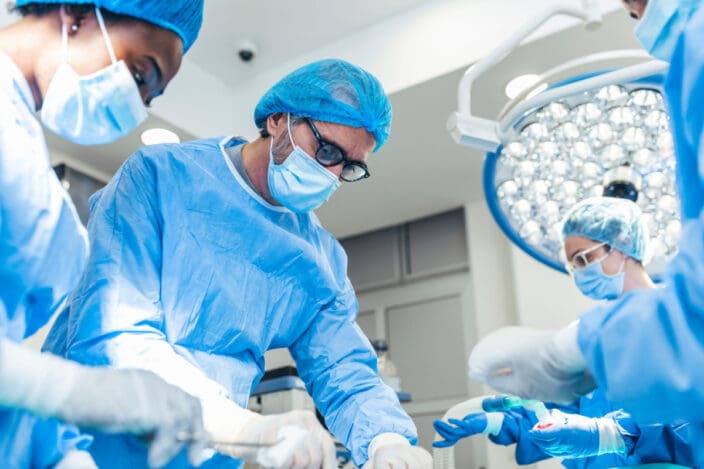
Other Procedures
Lifestyle Lenses
Lifestyle lenses are a premium lens option that offers a more functional range of vision, and are designed to reduce the need for distance and reading glasses.
We offer the latest and most advanced lifestyle lens on the market.
Dry Eye Treatment
Dry eye is an irritating, painful, and common condition in which the eye fails to properly produce quality tears. When left untreated, it may lead to ulcers and scars on the cornea.
Depending on the severity of your condition, there are a variety of treatments to relieve dry eyes.
PRK Surgery (Photorefractive Keratectomy)
What is PRK Surgery?
PRK Surgery (Photorefractive Keratectomy) is a type of laser eye surgery that is used to correct refractive errors such as nearsightedness (myopia), farsightedness (hyperopia), and astigmatism. PRK is an alternative to LASIK eye surgery and is particularly suitable for individuals who may not be candidates for LASIK due to certain corneal characteristics.
Overview of the PRK surgery process:
- Corneal Epithelium Removal:
- In PRK, the surgeon begins by removing the thin outer layer of the cornea called the epithelium. This can be done using an alcohol solution, a special brush, or a laser.
- Laser Reshaping of the Cornea:
- Once the epithelium is removed, a laser is used to precisely reshape the cornea. The laser ablates or removes microscopic amounts of corneal tissue based on the patient’s refractive error. The goal is to correct the curvature of the cornea and improve the focus of light on the retina.
- Healing Process:
- Unlike LASIK, where a corneal flap is created, PRK does not involve creating a flap. Instead, the corneal surface is allowed to regenerate naturally. The healing process involves the growth of new epithelial cells over the treated area.
- Post-operative Care:
- Following PRK surgery, patients are given medicated eye drops to aid in the healing process and prevent infection. Recovery may take a bit longer compared to LASIK, and patients may experience temporary discomfort during the initial days.
Key considerations for PRK surgery include:
- Corneal Thickness: PRK may be a suitable option for individuals with thinner corneas who may not be ideal candidates for LASIK.
- Occupational Considerations: PRK may be recommended for individuals with occupations or lifestyles that carry a risk of corneal injury, as it eliminates the creation of a corneal flap.
- Healing Time: The initial visual recovery may take longer with PRK compared to LASIK. Patients typically experience optimal vision several weeks after the procedure.
PRK is a well-established and effective procedure for vision correction, and its suitability depends on individual factors. It’s important to consult with an experienced refractive surgeon or eye care professional to determine the most appropriate laser eye surgery option based on your eye health and lifestyle.
Refractive Lens Exchange (RLE)
Refractive lens exchange (RLE), is when a clear lens is implanted to replace your eye’s natural lens to correct your vision.
This procedure is often used for pre-cataract patients, as a preventative vision correction solution. Refractive lens exchange (RLE) can also correct nearsightedness, farsightedness, and astigmatism.
Laser Blepharoplasty
Laser blepharoplasty eye surgery, also known as laser eyelid surgery, is a surgical procedure to rejuvenate eyelid tissues (skin, muscle, or fat). Blepharoplasty is performed for both cosmetic and vision correction purposes. NVISION has an eye clinic to help address your needs – Book a consultation today.
Minimally Invasive Glaucoma Surgery (MIGS)
Glaucoma is a disease that occurs when pressure from fluid buildup damages the optic nerve. In this advanced glaucoma eye surgery, often called MIGS, fluid drainage is improved with a microscopic stent.
We Accept Insurance
At NVISION Eye Centers, we work with many insurance companies to provide the best service possible for each of our patients. Below you will find a list of our current providers for this location. Please call us if you do not see your specific provider, as NVISION frequently adds new insurance companies and offers many out of network options.
- Aetna
- Cigna
- Humana
- Medicare
- AIG Workers Comp
- Amerivantage
- Blue Cross/Blue Shield
- Coventry
- Eye Med
- Guadalupe Healthcare Network
- Healthcare Highway
- Healthsmart
- Health Texas Medical Group
- Independent Medical Systems
- Medical Eye Services
- Medicaid
- Occunet Workers Comp
- OMNI
- PVC
- Railroad Medicare
- Superior Vision Plan
- Three Rivers Provider Network
- United Healthcare
- VSP Vision Care
- WellMed
- Spectera
- VBA
- Avesis
- Community Eye Care
- SafeGuard Vision
- Met Life Vision
Surgeons at Eye Associates of South Texas Hondo
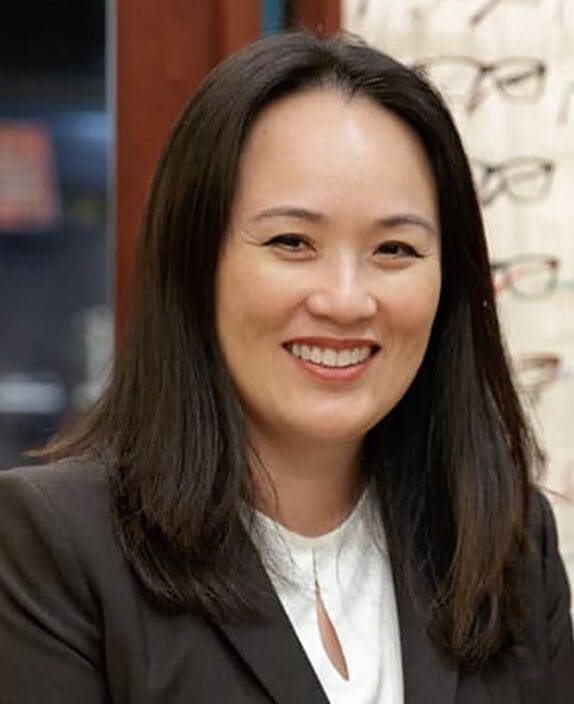
Dr. Bui, a San Antonio native, is a board-certified ophthalmologist focusing on pediatric ophthalmology, neuro-ophthalmology, and the treatment of glaucoma and retina diseases.
At NVISION® Eye Centers, we provide life-changing results, an exceptional experience, and a lifetime commitment to your LASIK vision correction.
- Industry-leading surgeons and vision outcomes with more than 2 million successful procedures
- The most advanced laser and diagnostic technology available
- Financing available – no down payment, zero or low interest, low monthly payments
- Free LASIK consultations
- Use your FSA/HSA balance toward LASIK before it expires in December
Location Information
Eye Associates of South Texas Hondo
3202 Ave G, Hondo, TX 78861
(830) 379-3937

